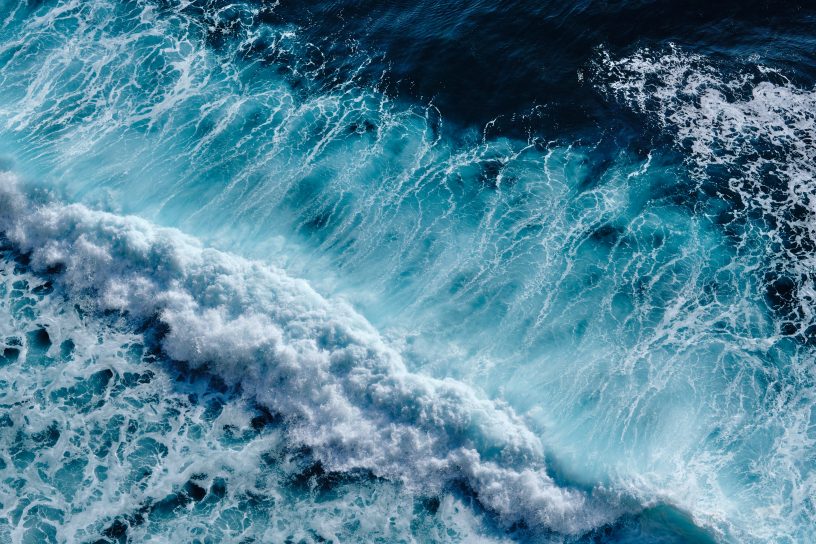
How to Eat with the Ecosystem
Supply and demand are the basis of our market driven economy. As consumers, we dictate our preferences through our purchasing habits, which signals companies to produce more of the products we like or attach value to. Our demand for products shapes their availability on the market. When we have more control over input availability, this way of thinking isn’t all bad. But when we consider aquatic resources – where the main production engine is the ecosystem rather than a factory – this way of thinking can become problematic.

Most of the time, consumers want the same species repeatedly: salmon, tuna, shrimp, crab and some sort of mild, white fleshed fish (pollock, cod, and hake are a few examples to name here). As the laws of supply and demand hold true in seafood production, we have seen fishing and aquaculture industries focus their production on these popular species, ensuring we have a steady and growing supply year-round. This has put undue pressure on our ecosystems. Nature has provided us with an astounding variety of aquatic species to sustain ourselves, and yet we eat a shockingly small variety, particularly in North America.
Eating with the ecosystem has emerged to redefine how we shape demand for seafood products. It is a way to help us ensure we do not put any undue pressure on any single species or ecosystem, but rather focus our attention to what nature is providing in abundance at that moment in time. Aligning our consumption habits to the inherent variability of an ecosystem may be a novel concept, but this kind of flexibility is imperative if we are to continue to provide access to healthy and nutritious seafood now and into the future.

Many Ocean Wise Seafood partners are working to encourage more people to eat with the ecosystem. We first learned about ‘eating with the ecosystem’ from our long-time partners at Skipper Otto Community Supported Fishery. In the fall of 2019, they published an insightful blog thanking their members for being accommodating of the ebbs and flows of production variability in many of the species that call B.C. waters home. This way of thinking allows Skipper Otto to provide the full range of species B.C. has to offer to their members across Canada.
Eating with the ecosystem is also a way to bring awareness to how our eating habits impact the ecosystem. While top predators like tuna, swordfish, salmon and halibut are prized for their flavour and texture, these fish shouldn’t be hitting your plates every day. Whether they are farmed or wild caught, it simply takes more energy to produce protein from these sources. Incorporating more herbivorous fish and filter feeders like mussels, clams and oysters more often can help contribute to your goals of eating more mindfully and according to the needs of aquatic ecosystems.

At Ocean Wise Seafood, we are in this for the long run. We believe both sustainable wild capture fisheries and sustainable aquaculture are essential for maintaining global access to nutritious, healthy protein. This year, we hope you join us in thinking more broadly about ecosystem impacts, and being more mindful about where your seafood is coming from.
Posted February 19, 2020 by Ocean Wise







